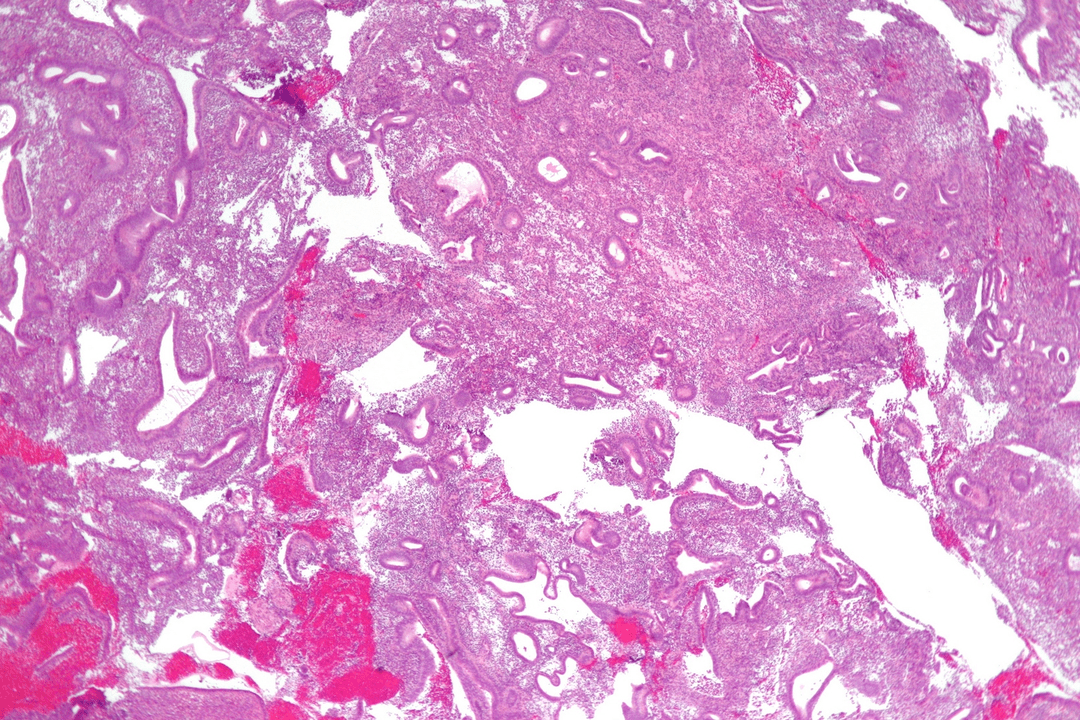
Not all people know that squamous cell papilloma is the result of a viral disease. In addition to being an aesthetic problem, the disease can seriously harm health, even death. The tumor can "grow" in any part of the body and affect internal organs.
What is squamous cell papilloma and its structure?
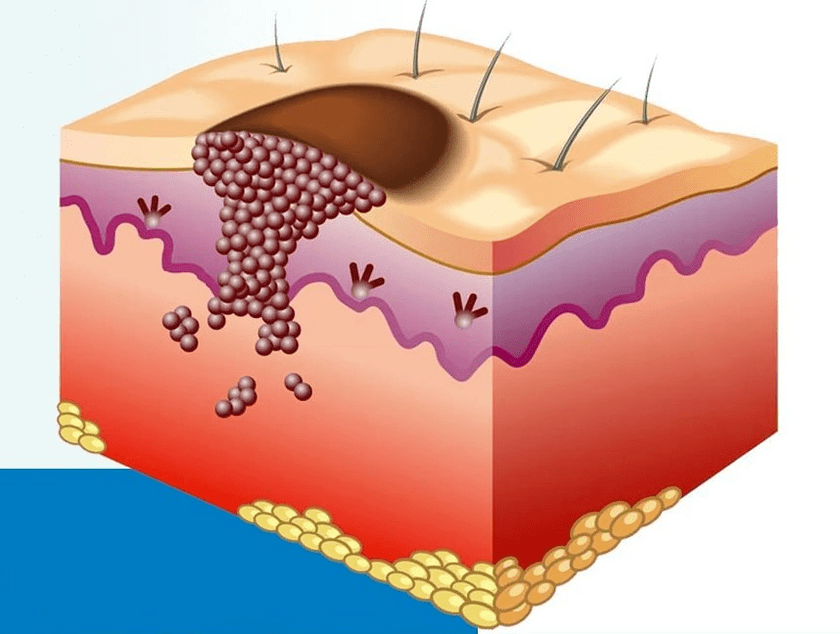
The answer to the question: "What is it? " is a benign neoplasm. The main sites of localization include the face, neck and mucous membranes. If the pathology is not treated for a long time, it can become malignant. Externally, a flat papilloma looks like a mole in the shape of a circle. The color can vary from flesh to dark brown. Doctors consider squamous papilloma with hyperkeratosis to be the most common. It occurs mainly in older people, sometimes in people aged 30 to 35 years.
Causes and sources of infection.
There are many ways to get infected with squamous cell papilloma of the skin, some of them are simple and do not cause any concern:
- Sexual relations of any origin: vaginal, oral, anal;
- Daily contact (handshake). Fundamental here is the presence of open wounds;
- Visit public places with high levels of humidity: swimming pool, sauna;
- Violation of personal hygiene rules.
This type of papillomas is diagnosed in people with a low level of immunity who have a lot of casual sexual contacts.
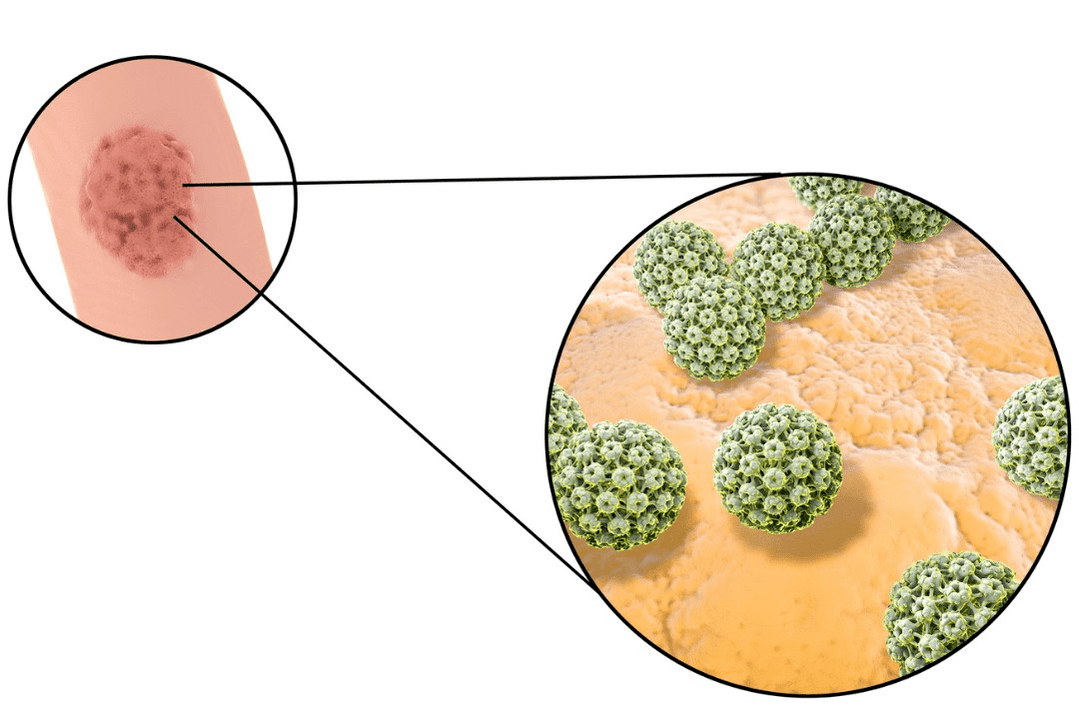
The penetration of a virus into a healthy body does not mean that papillomas will appear in the near future. This only happens when immunity wanes. Main reasons:
- Presence of bad habits: alcoholism, smoking, illegal drugs, poor diet;
- Malfunction of the digestive system;
- Skin diseases;
- Advanced age;
- Hereditary predisposition;
- Exposure to third party chemicals.
Esophageal papilloma appears almost immediately after failure. It forms on the tongue, lips, inside the mouth, esophagus, and intestines.
Why is it dangerous for humans?
The main danger is that papilloma with hyperkeratosis turns into cancer in more than 60% of cases. If the growth forms in the respiratory system, there is a risk of a gradual lack of oxygen leading to death. When a growth appears in the intestines, it can become infected due to exposure to feces. With squamous cell papilloma of the esophagus, there is a risk of inflammation and bleeding due to consumption of solid foods or low-quality alcohol.
Symptoms and diagnosis.
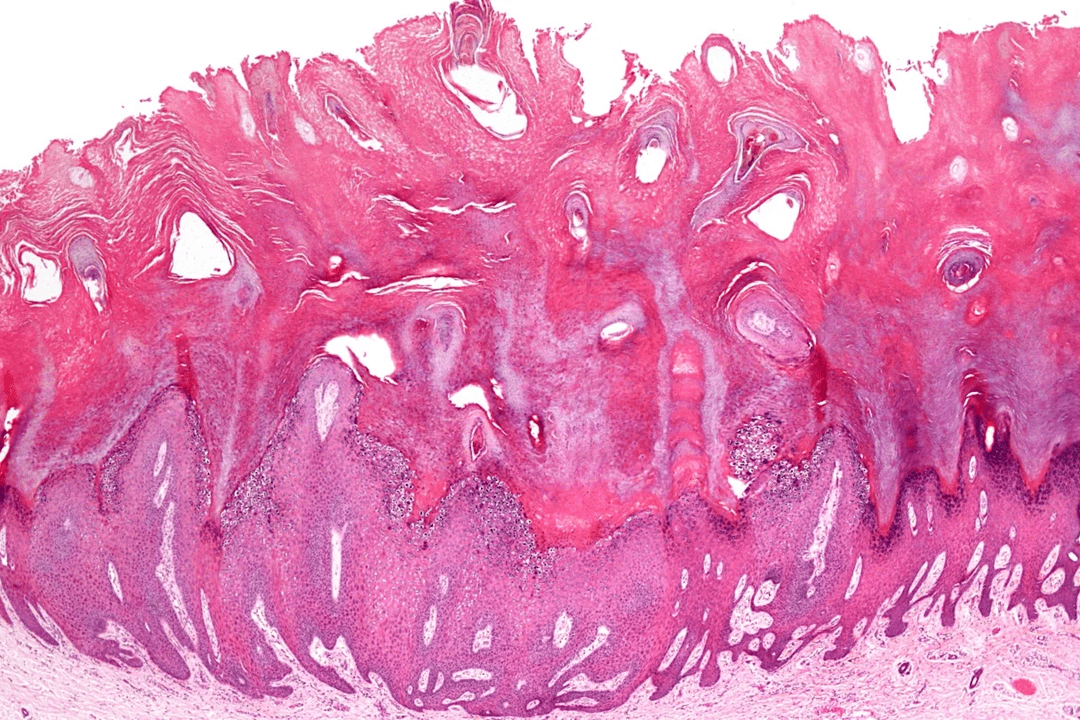
The symptoms of squamous cell papilloma formation are few and vague. First, the area with the growth is inspected. Most people mistake skin growths for warts and pay them no attention, hoping that they will go away over time. The neoplasm develops and grows very slowly and inflammation appears very rarely.
The foci of manifestation appear mainly in the thinnest areas of the skin. This is the area of the eyelids, neck, chest. If the eyelid is affected, damage to the conjunctiva may occur.
The neoplasm grows and develops gradually, its average size is 0. 3 to 1. 5 centimeters. The color of the neoplasm is different and can change over time from flesh-colored to violet.
Picking, squeezing, or cutting a squamous cell papilloma is dangerous; An infection can enter an open wound.
There are no special diagnostic measures to detect the presence of the virus. First, a therapist performs a visual examination of the tumor. Then he writes referrals to other specialists: a dermatologist, a gynecologist. The appointment is made depending on the location of the papilloma. If it is located on the outside of the skin, the diagnosis can be determined immediately. If the growth is inside the body, fluoroscopy is prescribed.
If the rectum is affected, the doctor palpates the neoplasm, the cervix is clearly visible with a gynecological lens.
There are a number of mandatory procedures:
- Biopsy;
- Blood test;
- PCR examination.
If necessary, the treating doctor may prescribe additional diagnostic methods.
Papillomas of the esophagus
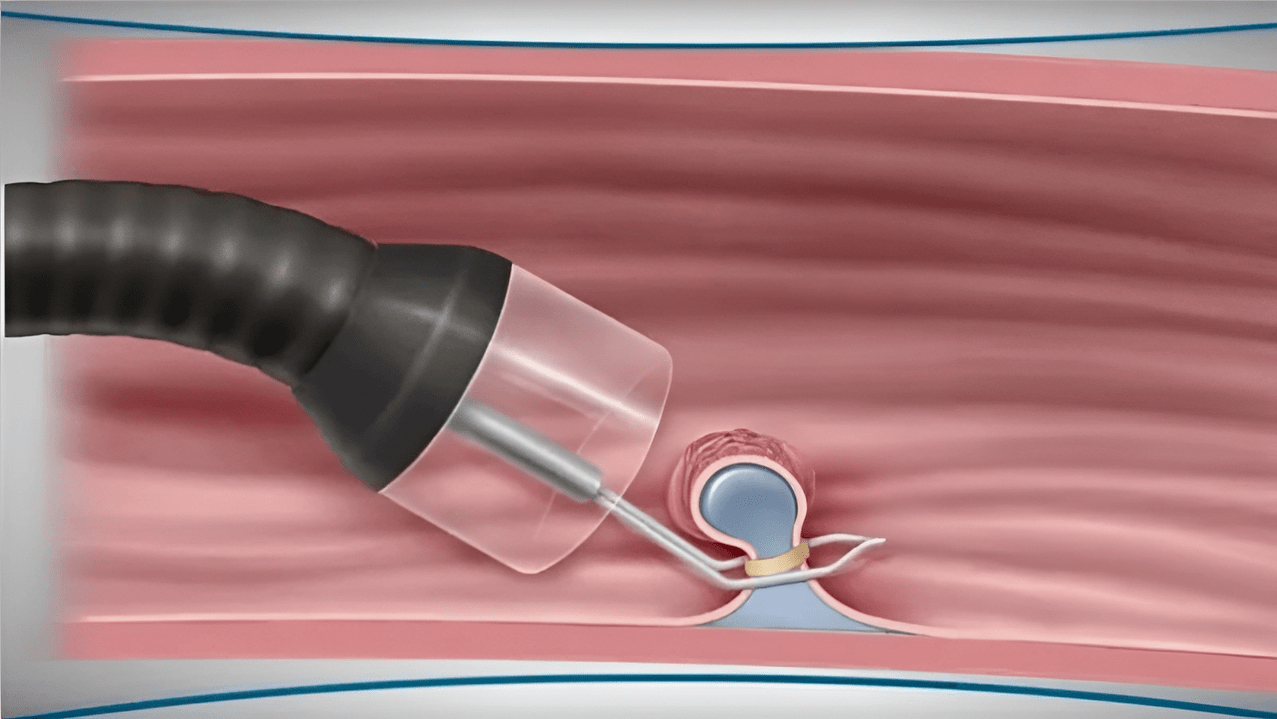
The main sites of formation of squamous cell papilloma of the esophagus are the tongue, lips and oral mucosa. The virus may be accompanied by the formation of small ulcers and itching.
With papillomas on the lips, the first thing that appears is swelling and discomfort when eating. If the affected area is damaged, blood appears. The growth can grow rapidly and cause lip cancer.
With esophageal papilloma, the symptoms of which occur mainly in the male half of the population. The causes of the disease can be poor nutrition, poor quality diet and bad habits. The main location of the tumor in the esophagus is its middle part. The size of each one is 1-2 millimeters to 3-4 centimeters, elongated in shape, on a stem. The patient notices pain in the stomach, belching, excess salivation, and a lump in the throat. Diagnosis is made by x-ray and esophagoscopy.
Signs of formations in the mouth and larynx.
With squamous cell papilloma of the larynx, it hurts the patient to eat, swallow, and sometimes even breathe. Sometimes there are difficulties speaking. The size of the growth is small, pedunculated. If a neoplasm is discovered in a child, treatment is not started immediately, it happens that it disappears on its own. If the disease is not fought in adulthood, it can degenerate into a malignant tumor.
The appearance of squamous cell papilloma of the tongue does not manifest itself in any way at first. White, flesh-colored growths begin to appear only if the patient injured them in some way. After a few weeks, bad breath, itching, burning, and ulcers form.
Symptoms in the larynx in adults can vary, depending on the general condition of the body and the degree of development of the disease. There may be a sore throat, lump in the nose, discomfort, congestion, itching. If a growth has formed on the septum, it gradually grows along the sinuses, disrupting the normal processes of oxygen in and out.
Symptoms of formations in intimate places.

In the case of squamous cell papilloma of the cervix, there is a very high risk that the benign state of the neoplasm will turn into cancer. Often this process is accompanied by erosion and genital warts.
In the initiation stage, initial development, the virus does not present any symptoms. Little by little itching and burning appear in the affected area, and over time a constant state of discomfort appears. Download is possible. Papilloma is detected during a routine examination by a gynecologist and colposcopy may be prescribed. During pregnancy, a woman may experience a decrease in her level of immunity and, consequently, the appearance of papillomas. In such cases, immediate removal is recommended.
If we talk about the genitourinary system, the most problematic place for women is the rectum. At the initial stage there are no symptoms, then pain, itching, purulent discharge and blood in the stool appear. The diagnosis can be made after a palpation procedure. In 90% of cases in which this type of neoplasia appears, doctors send you to be tested for syphilis.
Treatment and removal methods
In most cases, patients seek treatment when symptoms are already severe. It is prohibited to prescribe treatment for yourself or try to remove the papilloma. Removal is carried out in several ways:
- Liquid nitrogen cryotherapy;
- Surgery;
- Elimination by high frequency current;
- Laser removal;
- Radioblade operation.
Esophageal papilloma requires additional examination and, consequently, treatment may take longer.
After the removal procedure, the scar is practically invisible. But there is no 100% guarantee that the tumor will not come back. Without proper prevention, the virus will wake up again and growths will appear. After treatment, the patient is prescribed treatment with antiviral drugs, vitamins and immunomodulators. It is important to restore the level of general immunity as successfully as possible. Even if the virus remains in the body, it will contain it, preventing the formation of papillomas. It is recommended to eliminate bad habits completely.
Treatment with home remedies.
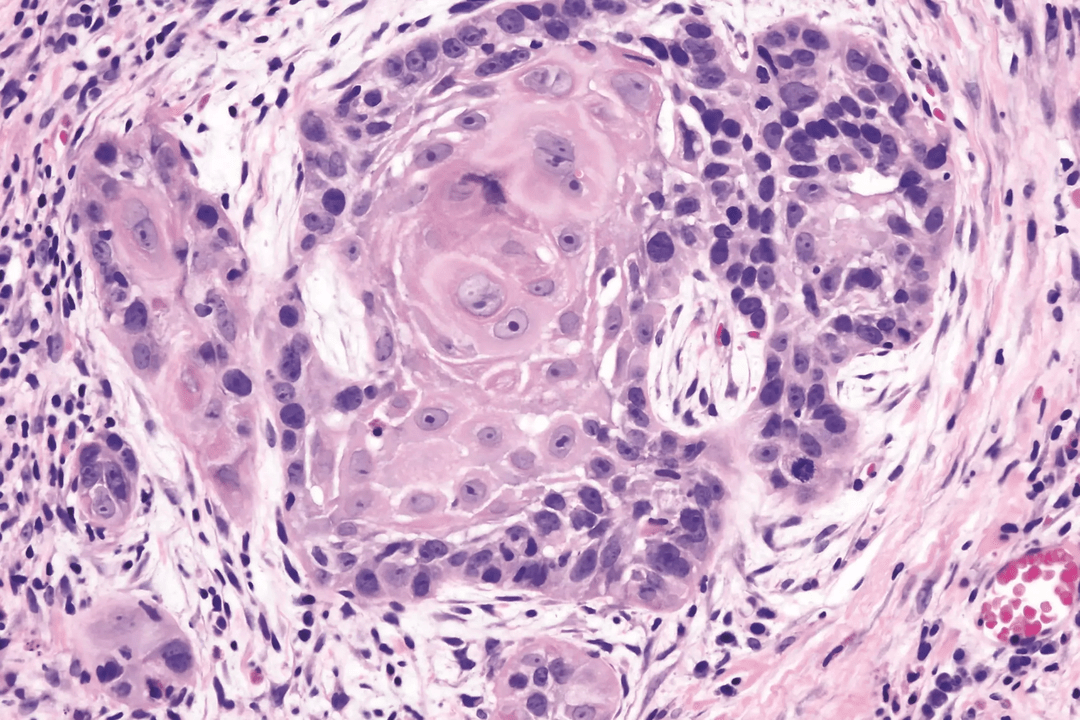
Squamous cell papilloma, like all other types of growths, forms mainly in older people. In many of them, surgical intervention is contraindicated. In such cases, the treating doctor advises resorting to traditional medicine. The most recommended means are:
- Freshly squeezed potato juice. Course – 2 months, take 100 ml, 2 times a day;
- Celandine juice. Course – 4 weeks, the affected area is lubricated with liquid several times a day;
- Fresh garlic. The clean slice is fixed to the growth with an adhesive plaster for 2-3 hours.
In the preparation of medicinal infusions, currant leaves, licorice root, nettle, lemongrass, plantain, garlic, beet and carrot are actively used. In addition to taking medicinal compounds internally, you can prepare salads and soups from medicinal plants and vegetables.
Prevention and prognosis
The main preventive methods are:
- Early seeking medical help;
- proper nutrition;
- Elimination of all bad habits.
Papilloma of the esophagus, bladder and cervix "responds" well to traditional natural medicine. Its treatment is also slightly different from the traditional one and also takes longer.
After removal surgery, rehabilitation may proceed differently and complications may occur. Basically, the forecasts are always favorable. The percentage of deaths is minimal. If the process of cancer cell formation has already begun, the survival rate is 30 to 35%.
If you seek medical help in time, a complete cure is 90% possible and damage to soft tissues is minimal. Cancerous tumors are also successfully removed and the degeneration process can be stopped.














































































